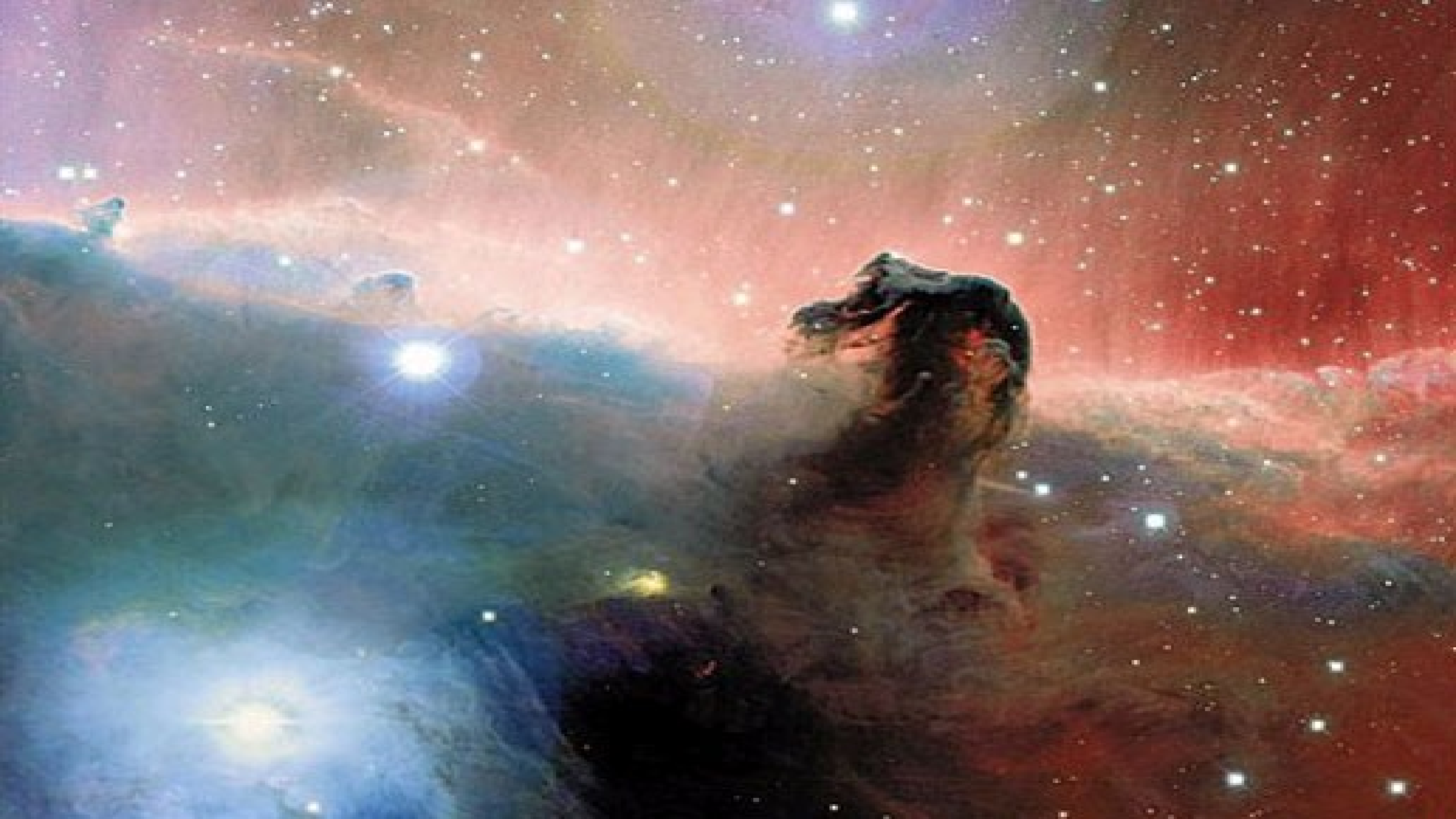Subsection 14.1.5 Nebulae



Nebulae [Figure 14.1.2] are clouds of gas and dust in space, mostly composed of hydrogen and helium, but also containing other elements such as carbon, nitrogen, and oxygen. They come in a variety of shapes, sizes, and colors, and they are often the birthplaces of stars. There are many famous nebulae in the universe, each with their own unique features and characteristics. Here are a few examples: Orion Nebula (also known as M42): This is one of the brightest and most famous nebulae in the sky, located in the constellation Orion. It is a large emission nebula that is visible to the naked eye. Eagle Nebula (also known as M16): This is a star-forming region located in the constellation Serpens. It is famous for its "Pillars of Creation", which are tall columns of gas and dust that are actively forming new stars. Cat’s Eye Nebula (also known as NGC 6543): This is a planetary nebula located in the constellation Draco. It is notable for its complex, symmetrical structure and its bright central star. Helix Nebula (also known as NGC 7293): This is a planetary nebula located in the constellation Aquarius. It has a ring-like structure and is one of the closest planetary nebulae to Earth. Crab Nebula [Figure 14.1.2.(a)] is a supernova remnant located in the constellation Taurus, about 6,500 light-years away from Earth. It is the result of a supernova explosion that was first observed by Chinese astronomers in 1054 AD. The explosion was so bright that it was visible during the day and was recorded by several cultures around the world. Eye Nebula, also known as NGC 7293, [Figure 14.1.2.(b)] is another planetary nebula located in the constellation Aquarius. It is named for its round, symmetrical shape, which gives it the appearance of an eye. The Eye Nebula is also a complex structure that consists of multiple layers of gas and dust that were expelled by a dying star. Horsehead Nebula is a dark nebula located in the constellation Orion. It is named for its distinctive shape, which resembles the head of a horse. The Horsehead Nebula is a dense cloud of gas and dust that blocks the light from behind it, making it appear as a dark silhouette against the background of glowing gas.
